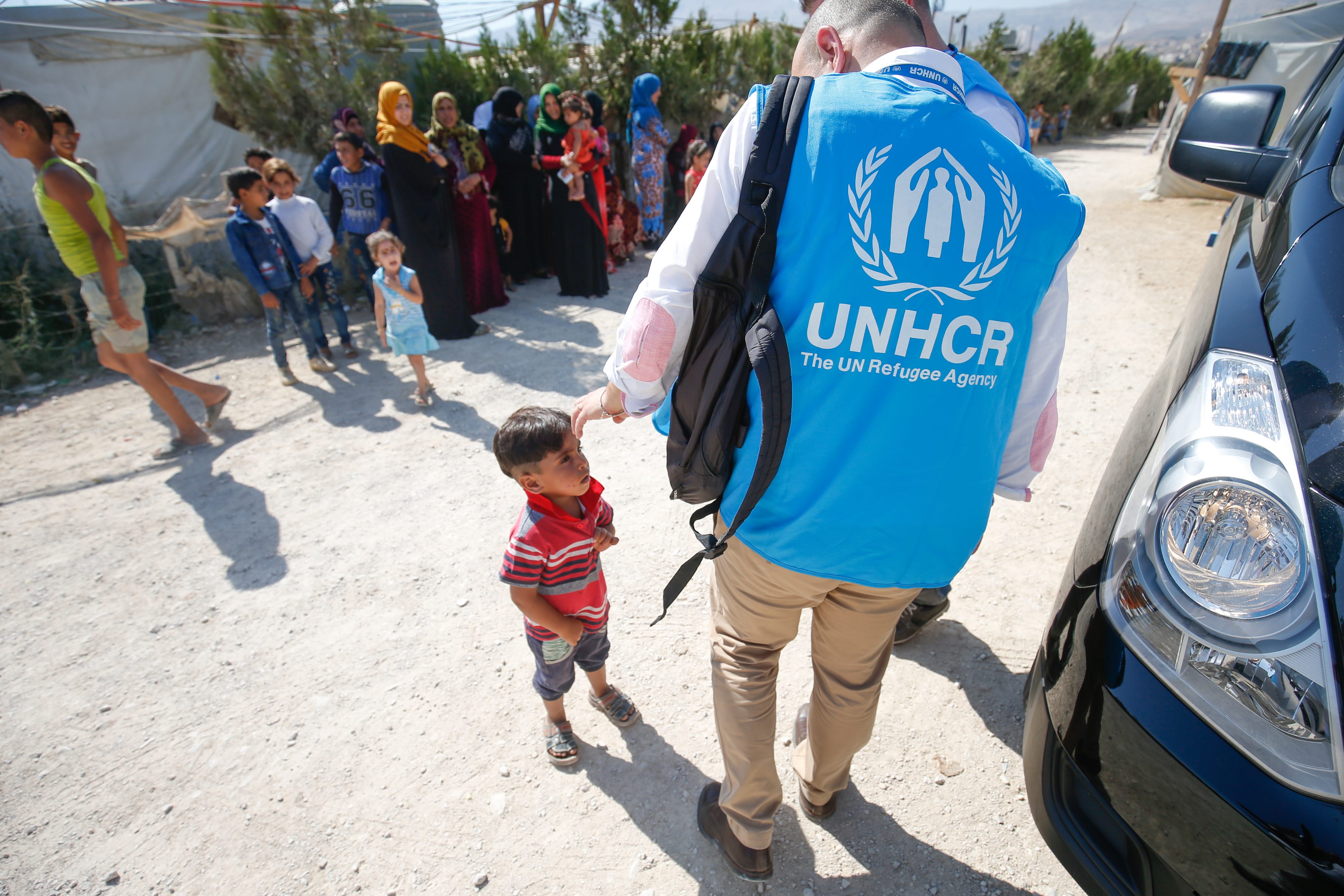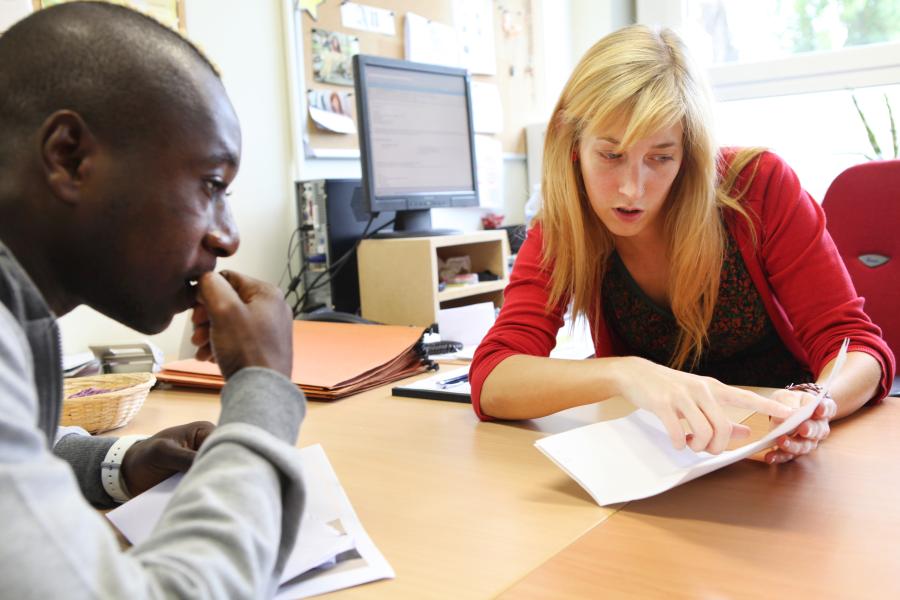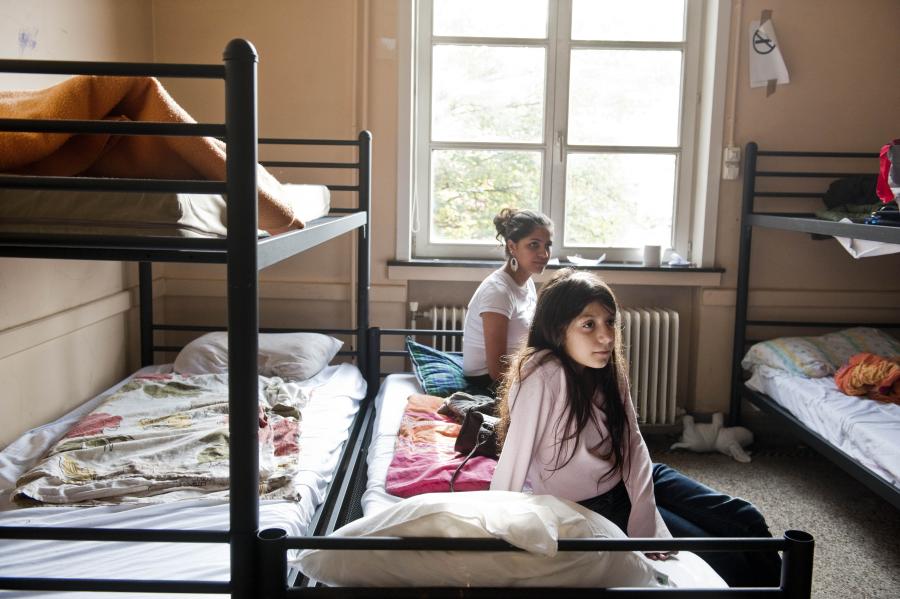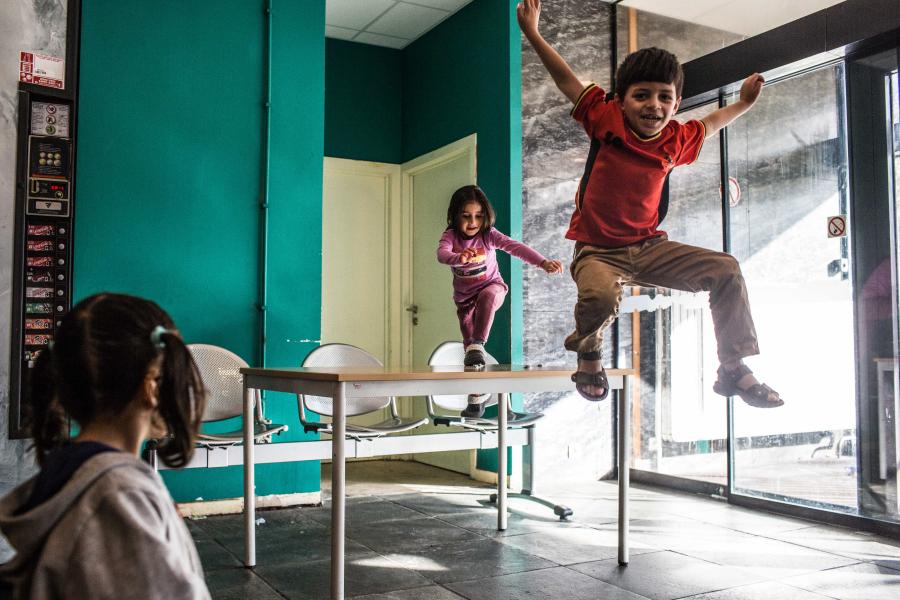The refugees selected for resettlement in Belgium follow a procedure that includes different stages and that involves international and national actors.
Stages

The United Nations High Commissioner for Refugees (UNHCR) identifies the refugees who fulfil the criteria for resettlement and submits their file to Belgium.

The Commissioner General for Refugees and Stateless Persons (CGRS) examines the application for international protection based on a selection interview in the country where the applicants are located. The CGRS issues a notice to the political authority in charge of asylum and migration, and the State Secretary for Asylum and Migration gives the final agreement on the persons who will be resettled.
The IOM (International Organisation for Migration) and the EUAA (European Agency for Asylum) offer logistic support for the missions conducted by Fedasil and the CGRS abroad.
Fedasil carries out a medical screening to make sure that the persons are healthy enough to travel and to guarantee a reception adapted to the medical needs of the resettled persons after their arrival.
Fedasil organises a social screening for two reasons. On the one hand, to get to know the person behind the file, to assess their expectations and give information about Belgium and the reception path. On the other hand, the screening offers persons who will be resettled the possibility to ask their questions and to make an informed decision regarding their future. Afterwards, a social file is established and shared after the arrival with the reception partner to best prepare the accompaniment.
BELCO, the Belgian cultural orientation, is a four-day programme which introduces the future resettled persons to different aspects of life in Belgium. Themes such as – but not exclusively – healthcare, education, work and family are addressed based on a participative method. BELCO aims at helping future resettled persons to get acquainted to life in Belgium, imagine what their life will be like later and further make an informed decision regarding their future.
Download the BELCO brochure: here
Once the refugees have obtained the necessary documents via the local ambassies, they leave the country they are in. Fedasil or the IOM takes care of the flight, the last medical examination and accompany them to Belgium.

There are different reception models for resettled refugees in Belgium. After their arrival, most of them temporarily stay in a collective reception centre specialised in resettlement. Then, they move to a LRI or a TVU, namely individual places within the Fedasil reception network that are managed by a PCSW (Public Centre for Social Welfare) or by Caritas International.
In addition, there is the possibility to be received out of Fedasil’s network right after the arrival or after a stay in the Fedasil network. Think about Community Sponsorship, where volunteers play an important role, or the partnership model.
Here is an overview of the different models.

It is only after the arrival in Belgium that resettled persons can officially apply for international protection at the Immigration Office. This appointment at the IO takes place a few days after their arrival. Since the CGRAS has already given a positive advice regarding their application, they are quickly granted a refugee status.

After their arrival, Fedasil offers resettled refugees a follow-up of the pre-departure BELCO training: BELCO+. This training is composed of different modules attended in groups in collective centres and if the refugees do not stay in the Fedasil network, at an agreed location. This BELCO+ is complementary to the official integration programmes organised by the member states.
Caritas International
Caritas International has developed a programme for resettled refugees where they, on request of Fedasil, manage:
- workshops in the form of collective and interactive sessions on specific psychosocial and citizenship topics;
- an online platform where refugees can exchange and receive reliable information in their own language;
- the development of a network of ambassadors composed of former resettled refugees.
Do you have questions regarding the selection of resettled refugees and international protection? Contact the CGRS via resettlement@ibz.fgov.be.
Do you have questions regarding the transfer to Belgium and the reception of resettled refugees? Contact us via resettlement@fedasil.be.
You are a refugee, you are living outside Belgium and you have questions about resettlement in our country? Contact the UNHCR in the country you are living in. Fedasil or the CGRS in not responsible for identifying the people for resettlement.
